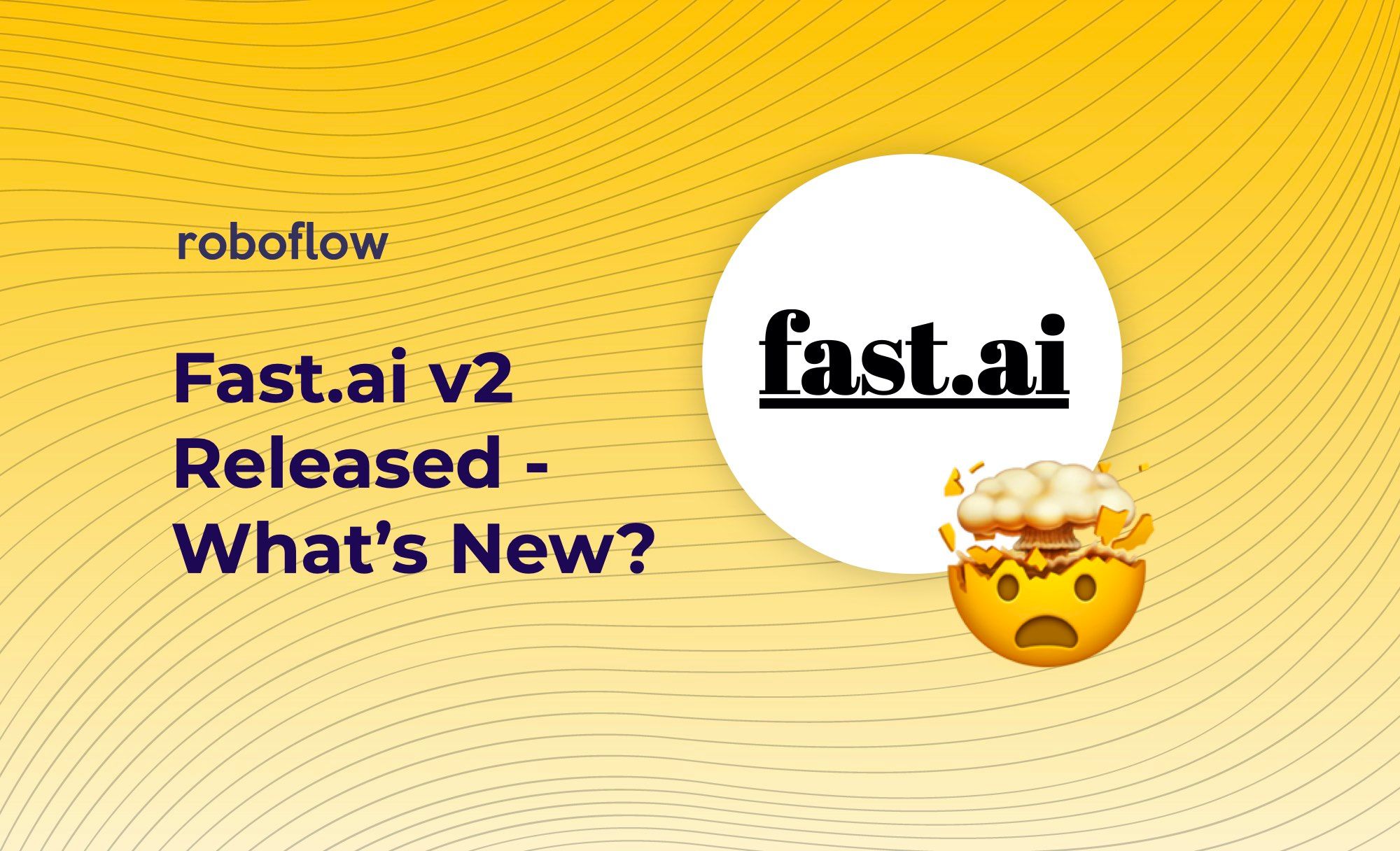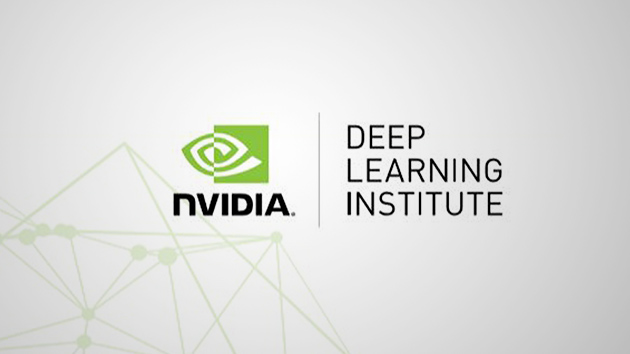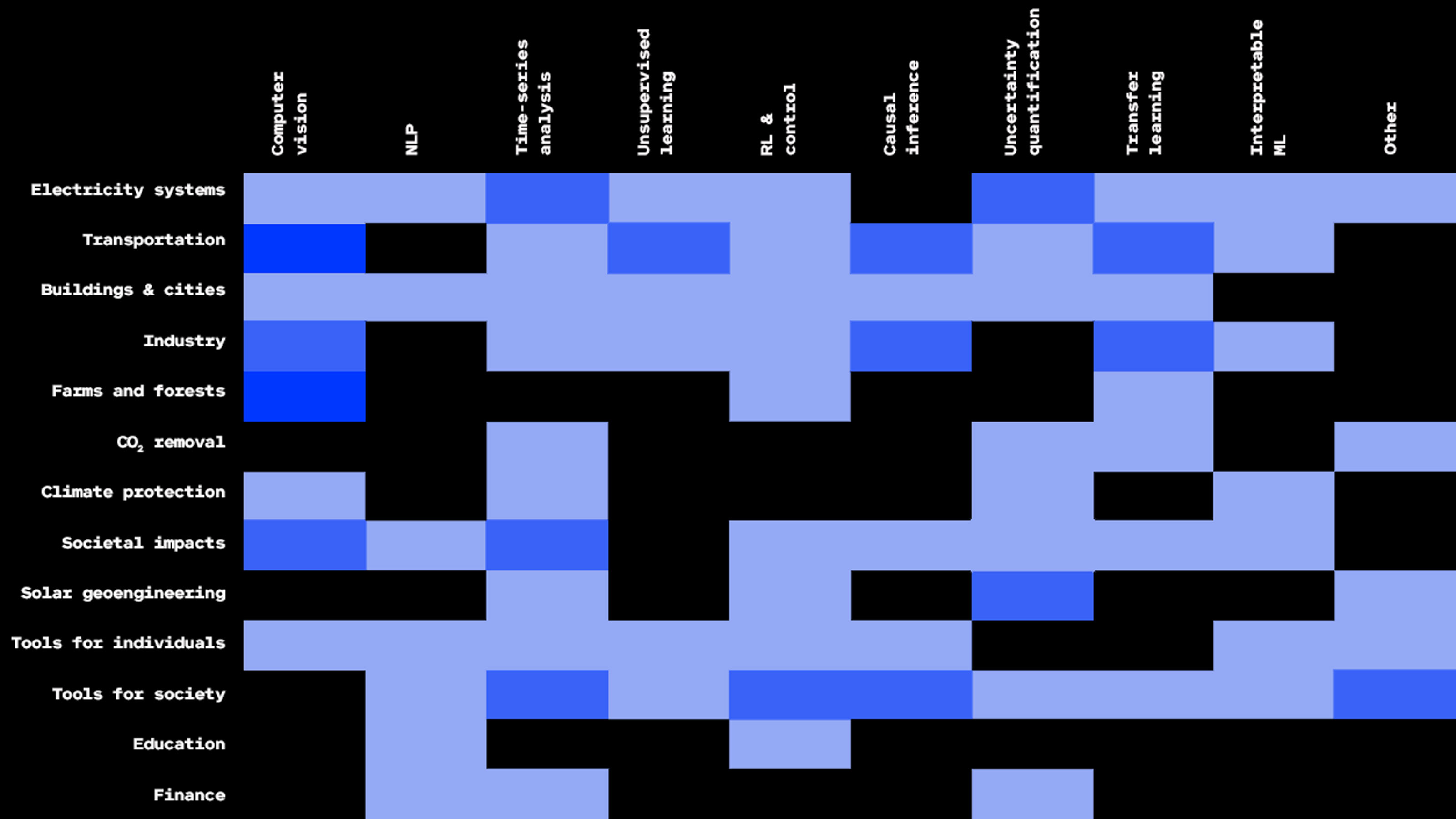
What is artificial intelligence? You might be wondering. You will find out more about AI's types, applications and components in this article. This article will also cover machine learning, which is one of the many types of AI. Artificial intelligence is being constantly developed and tested. This will make it easier for people to grasp. Continue reading to learn more about this exciting technology. It will soon be part of your everyday life. What then is artificial intelligence?
Artificial intelligence and its applications
AI can be used in many industries. The machine algorithms can run everything, reducing human errors and reducing the workload. AI will play an increasingly important role in software development, content production, and other areas in the future. It is already making waves in different sectors and helping tackle complex problems. It is expected to have a significant global impact in areas such public safety and health care as well as the environment. This article will discuss some of these possibilities.
AI can be used to improve customer relations and automate robotic process automation. This technology is able to perform tasks far faster than humans. In addition, websites are integrating chatbots to ensure immediate services to customers. AI-powered computer games can also enhance the overall experience of video gaming by improving the experience. A computer game using AI can be tailored to the preferences of each player. AI not only increases revenue but also enhances customer experience. Businesses can tailor their product and services better by anticipating the behavior of other players.

Artificial intelligence components
There are many types and varieties of artificial intelligence. Siri, Amazon Alexa, partially autonomous vehicles (e.g. Tesla's) are just a few of the many examples. These systems can operate autonomously without human intervention, and they rely on code and rules. Artificial intelligence is constantly evolving and new models are needed to ensure its future. This article will discuss the major components of AI as well as how they are being used currently.
Perception: The first component of AI involves scanning the environment using artificial and real sense-organs. Once it has identified objects in its environment it can analyze them and find a solution. This process can be complicated and tedious, but it allows AI to drive autonomous cars and assemble artifacts. This is often a core component of AI. These systems can also perform a variety of other functions.
Types of artificial Intelligence
There are three main types of artificial Intelligence: cognitive, social, and self-aware. Self-aware Artificial Intelligence can both recognize its own presence in the universe and that of others. It can also detect the needs and emotions of others. An AI that is self-aware must be capable of replicating consciousness. It is still decades away from becoming reality. This kind of AI, however, is still far off. Some people worry that this type is too far.
The simplest type AI system is reactive machines. They are limited in what they can do and cannot learn from past experiences. Reactive machines only respond to external stimuli, and are not able to perceive. They do not have a memory and cannot build an internal database. Reactive machines are useful in a number of contexts, though. IBM's Deep Blue was an example of a reactive machine.

Machine learning
Artificial intelligence refers to a field where humans and machines collaborate to solve problems. Machine learning is built on complex computations. To find solutions, it constantly searches through huge data sets. Machine learning is about recognizing patterns based on past experiences and past choices. AI technology has many possibilities for collaboration between humans and computers. AI's benefits are obvious: Automation and cost recovery are possible. It also has the potential to make people and machines more closely connected and useful.
Machine learning can be used for training computers to make decisions independently of explicit instructions. This allows a computer program to learn how to make its own decisions. The algorithms are written using predictive models. Finally, they are exposed and tested with samples. These programs make errors, but as they're trained to perform their tasks they learn from those mistakes and improve. This can ultimately make computers more efficient at performing the tasks for which they were designed. Here are a few examples of applications of machine learning:
FAQ
What uses is AI today?
Artificial intelligence (AI), which is also known as natural language processing, artificial agents, neural networks, expert system, etc., is an umbrella term. It's also known as smart machines.
Alan Turing wrote the first computer programs in 1950. He was intrigued by whether computers could actually think. He suggested an artificial intelligence test in "Computing Machinery and Intelligence," his paper. The test asks whether a computer program is capable of having a conversation between a human and a computer.
John McCarthy in 1956 introduced artificial intelligence. He coined "artificial Intelligence", the term he used to describe it.
Today we have many different types of AI-based technologies. Some are simple and straightforward, while others require more effort. These include voice recognition software and self-driving cars.
There are two main types of AI: rule-based AI and statistical AI. Rule-based uses logic for making decisions. To calculate a bank account balance, one could use rules such that if there are $10 or more, withdraw $5, and if not, deposit $1. Statistical uses statistics to make decisions. A weather forecast may look at historical data in order predict the future.
Who is the leader in AI today?
Artificial Intelligence (AI), a subfield of computer science, focuses on the creation of intelligent machines that can perform tasks normally required by human intelligence. This includes speech recognition, translation, visual perceptual perception, reasoning, planning and learning.
Today there are many types and varieties of artificial intelligence technologies.
There has been much debate about whether or not AI can ever truly understand what humans are thinking. However, recent advancements in deep learning have made it possible to create programs that can perform specific tasks very well.
Google's DeepMind unit has become one of the most important developers of AI software. Demis Hashibis, who was previously the head neuroscience at University College London, founded the unit in 2010. DeepMind developed AlphaGo in 2014 to allow professional players to play Go.
How does AI function?
An artificial neural system is composed of many simple processors, called neurons. Each neuron receives inputs and then processes them using mathematical operations.
Neurons are organized in layers. Each layer has a unique function. The first layer receives raw information like images and sounds. Then it passes these on to the next layer, which processes them further. The final layer then produces an output.
Each neuron has an associated weighting value. This value gets multiplied by new input and then added to the sum weighted of all previous values. If the result is greater than zero, then the neuron fires. It sends a signal down the line telling the next neuron what to do.
This cycle continues until the network ends, at which point the final results can be produced.
Why is AI important?
It is predicted that we will have trillions connected to the internet within 30 year. These devices will include everything from fridges and cars. Internet of Things (IoT), which is the result of the interaction of billions of devices and internet, is what it all looks like. IoT devices are expected to communicate with each others and share data. They will be able make their own decisions. A fridge may decide to order more milk depending on past consumption patterns.
It is expected that there will be 50 Billion IoT devices by 2025. This is a tremendous opportunity for businesses. But it raises many questions about privacy and security.
Who invented AI and why?
Alan Turing
Turing was born 1912. His father was clergyman and his mom was a nurse. After being rejected by Cambridge University, he was a brilliant student of mathematics. However, he became depressed. He took up chess and won several tournaments. He worked as a codebreaker in Britain's Bletchley Park, where he cracked German codes.
He died in 1954.
John McCarthy
McCarthy was born in 1928. McCarthy studied math at Princeton University before joining MIT. He developed the LISP programming language. He was credited with creating the foundations for modern AI in 1957.
He passed away in 2011.
Statistics
- By using BrainBox AI, commercial buildings can reduce total energy costs by 25% and improves occupant comfort by 60%. (analyticsinsight.net)
- That's as many of us that have been in that AI space would say, it's about 70 or 80 percent of the work. (finra.org)
- A 2021 Pew Research survey revealed that 37 percent of respondents who are more concerned than excited about AI had concerns including job loss, privacy, and AI's potential to “surpass human skills.” (builtin.com)
- Additionally, keeping in mind the current crisis, the AI is designed in a manner where it reduces the carbon footprint by 20-40%. (analyticsinsight.net)
- According to the company's website, more than 800 financial firms use AlphaSense, including some Fortune 500 corporations. (builtin.com)
External Links
How To
How to create an AI program
A basic understanding of programming is required to create an AI program. There are many programming languages to choose from, but Python is our preferred choice because of its simplicity and the abundance of online resources, like YouTube videos, courses and tutorials.
Here's a brief tutorial on how you can set up a simple project called "Hello World".
First, open a new document. On Windows, you can press Ctrl+N and on Macs Command+N to open a new file.
In the box, enter hello world. Enter to save the file.
Now press F5 for the program to start.
The program should say "Hello World!"
But this is only the beginning. These tutorials will show you how to create more complex programs.